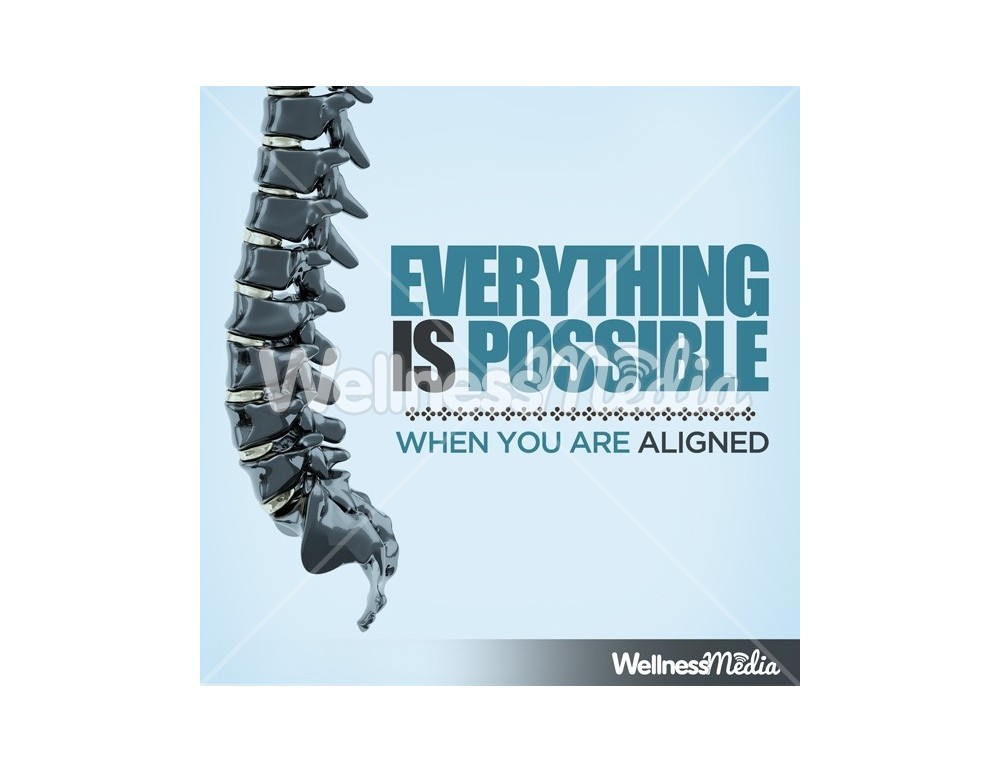An In-Depth Analysis Of Cold Laser Therapy: Unraveling Its Mechanisms And Influence
An In-Depth Analysis Of Cold Laser Therapy: Unraveling Its Mechanisms And Influence
Blog Article
Post Author-Walls McIntosh
You may have become aware of cold laser treatment as an encouraging therapy option for various conditions, but have you ever before questioned just how it actually deals with a mobile level? Understanding the devices behind this therapy can shed light on its performance in promoting healing and reducing inflammation. By discovering the scientific research behind cold laser treatment, you'll gain insights right into the interesting ways in which light can affect cellular procedures and facilitate tissue fixing.
Just How Cold Laser Therapy Functions
To recognize how cold laser treatment functions, you need to comprehend the basic principles of exactly how light power engages with organic tissues. Cold laser therapy, likewise referred to as low-level laser treatment (LLLT), makes use of specific wavelengths of light to penetrate the skin and target underlying tissues. Unlike the extreme lasers utilized in operations, cold lasers release low degrees of light that don't produce warmth or cause damage to the tissues.
When these gentle light waves reach the cells, they're soaked up by elements called chromophores, such as cytochrome c oxidase in mitochondria. This absorption causes a series of organic actions, consisting of increased cellular power manufacturing and the release of nitric oxide, which enhances blood circulation and decreases swelling.
Moreover, the light power can additionally promote the manufacturing of adenosine triphosphate (ATP), the power currency of cells, aiding in mobile fixing and regeneration processes.
In essence, cold laser treatment uses the power of light power to advertise healing and minimize discomfort in a non-invasive and gentle way.
Mechanisms of Activity
How does cold laser treatment in fact function to generate its healing impacts on biological cells?
https://doctorchiropractor62839.idblogz.com/29551448/cold-laser-therapy-for-pain-alleviation-just-how-it-functions-and-what-you-need-to-know , additionally referred to as low-level laser treatment (LLLT), operates via a procedure known as photobiomodulation. When the cold laser is applied to the skin, the light power permeates the tissues and is soaked up by chromophores within the cells.
These chromophores, such as cytochrome c oxidase in the mitochondria, are then promoted by the light power, causing a cascade of biological reactions. https://bestchiropracticclinicnam16160.mybuzzblog.com/8603434/cold-laser-therapy-for-body-slimming-discover-just-how-this-innovative-method-can-transform-your-weight-loss-journey of activity is the enhancement of mobile metabolic process.
https://neck-pain-after-injury06283.dsiblogger.com/61895253/recognize-the-effect-of-cold-laser-therapy-on-anxiety-decrease-a-detailed-guide taken in light power increases ATP manufacturing in the mitochondria, which is critical for cellular feature and repair service. Additionally, cold laser treatment aids to reduce swelling by hindering inflammatory mediators and advertising the launch of anti-inflammatory cytokines.
This anti-inflammatory effect contributes to pain alleviation and tissue recovery.
Restorative Effects
Understanding the therapeutic impacts of cold laser treatment entails identifying just how the boosted cellular metabolic process and anti-inflammatory properties add to its favorable end results on biological tissues.
When the cold laser is applied to the afflicted area, it promotes the mitochondria within the cells, causing raised production of adenosine triphosphate (ATP), which is crucial for mobile feature and repair. This boost in mobile energy increases the recovery procedure by advertising tissue regeneration and lowering swelling.
In addition, the anti-inflammatory residential or commercial properties of cold laser therapy assistance to reduce discomfort and swelling in the targeted area. By inhibiting inflammatory mediators and advertising the launch of anti-inflammatory cytokines, cold laser treatment help in minimizing discomfort and improving the overall healing response.
This decrease in swelling not just provides immediate alleviation however also supports long-lasting cells repair work.
Verdict
In conclusion, cold laser treatment functions by stimulating mobile repair work and tissue regrowth with photobiomodulation. Its anti-inflammatory residential or commercial properties give discomfort alleviation and lower swelling by preventing inflammatory conciliators.
This therapy provides an extensive method to healing, providing both instant relief and long-lasting cells repair work benefits.
Through chronic knee pain of activity, cold laser treatment proves to be an effective and encouraging treatment option for a range of problems.
